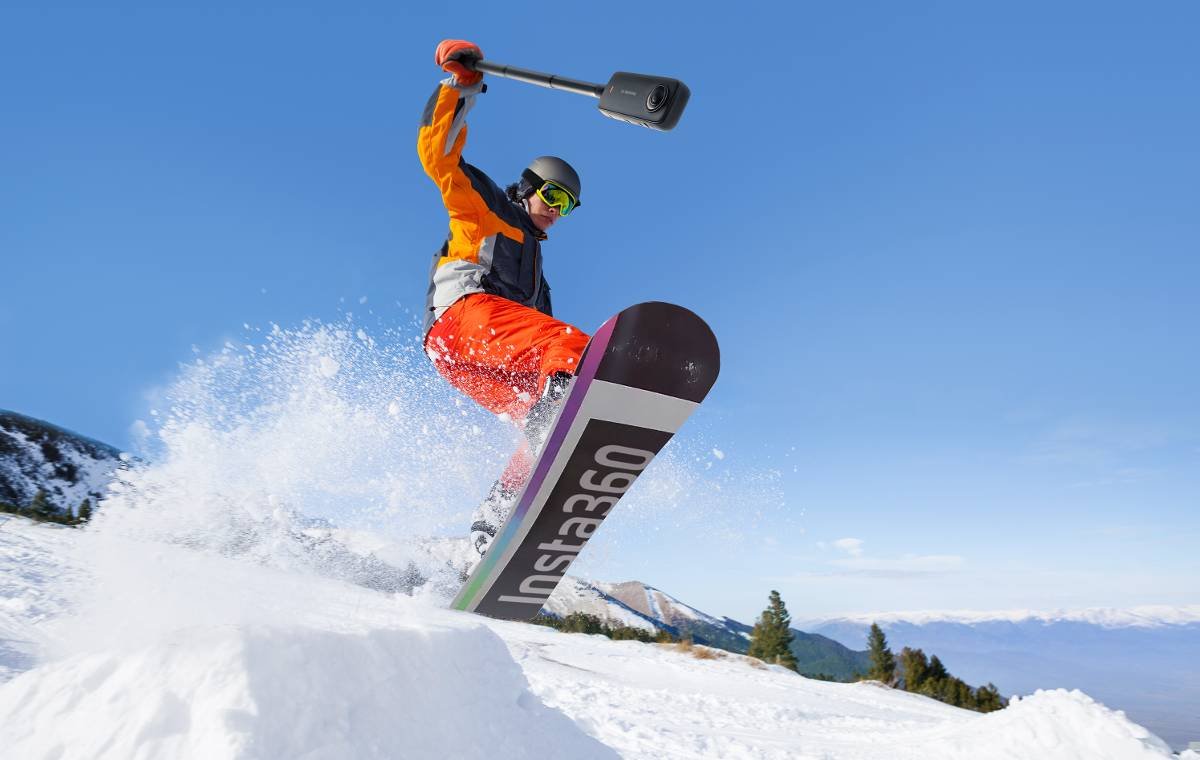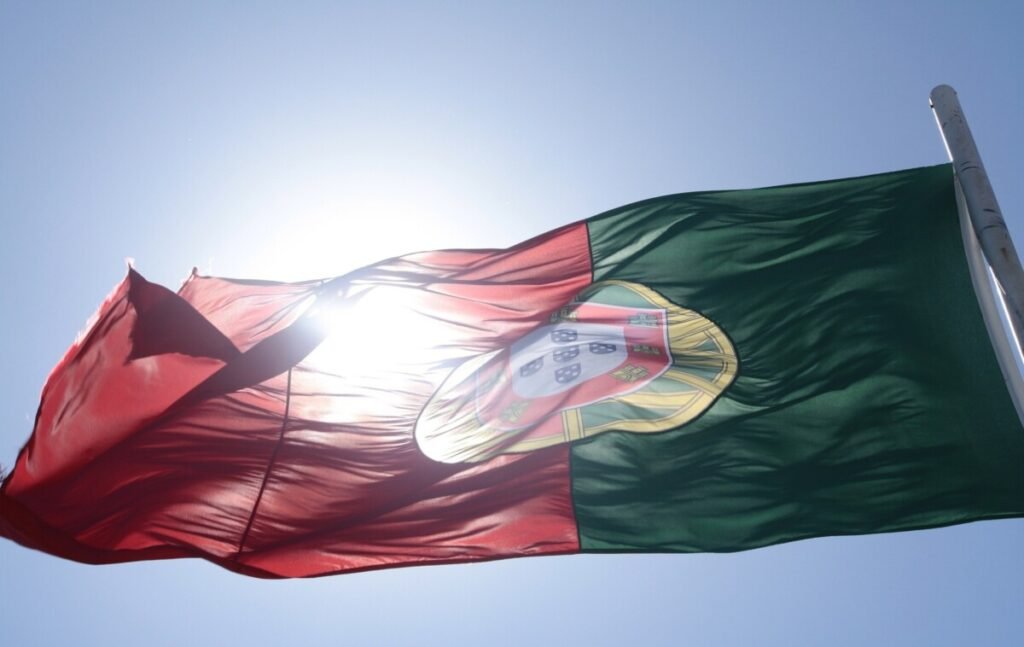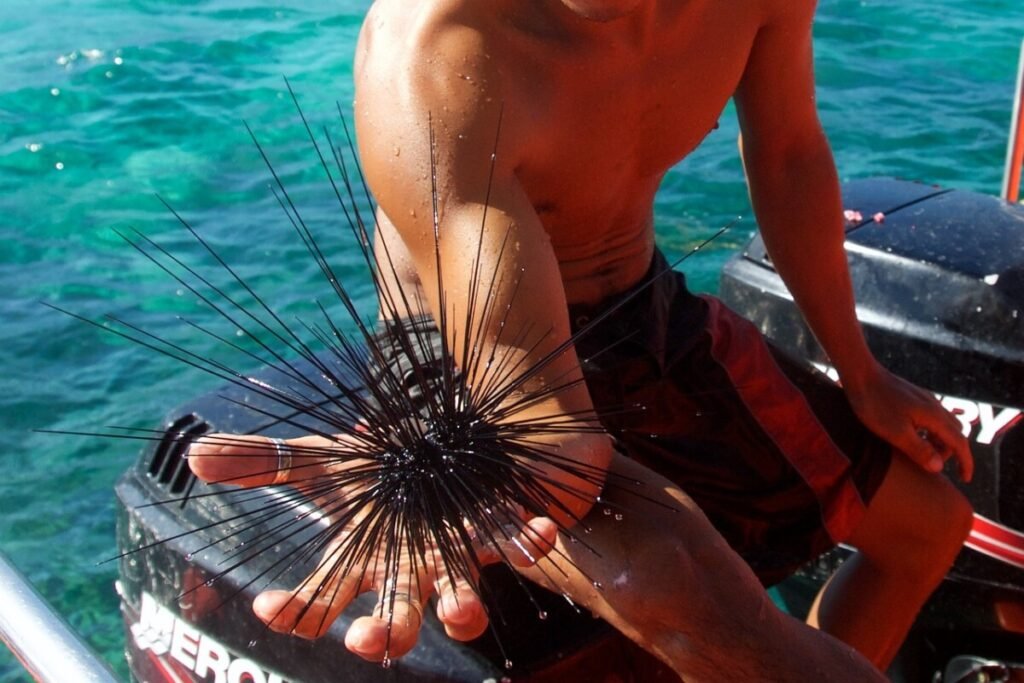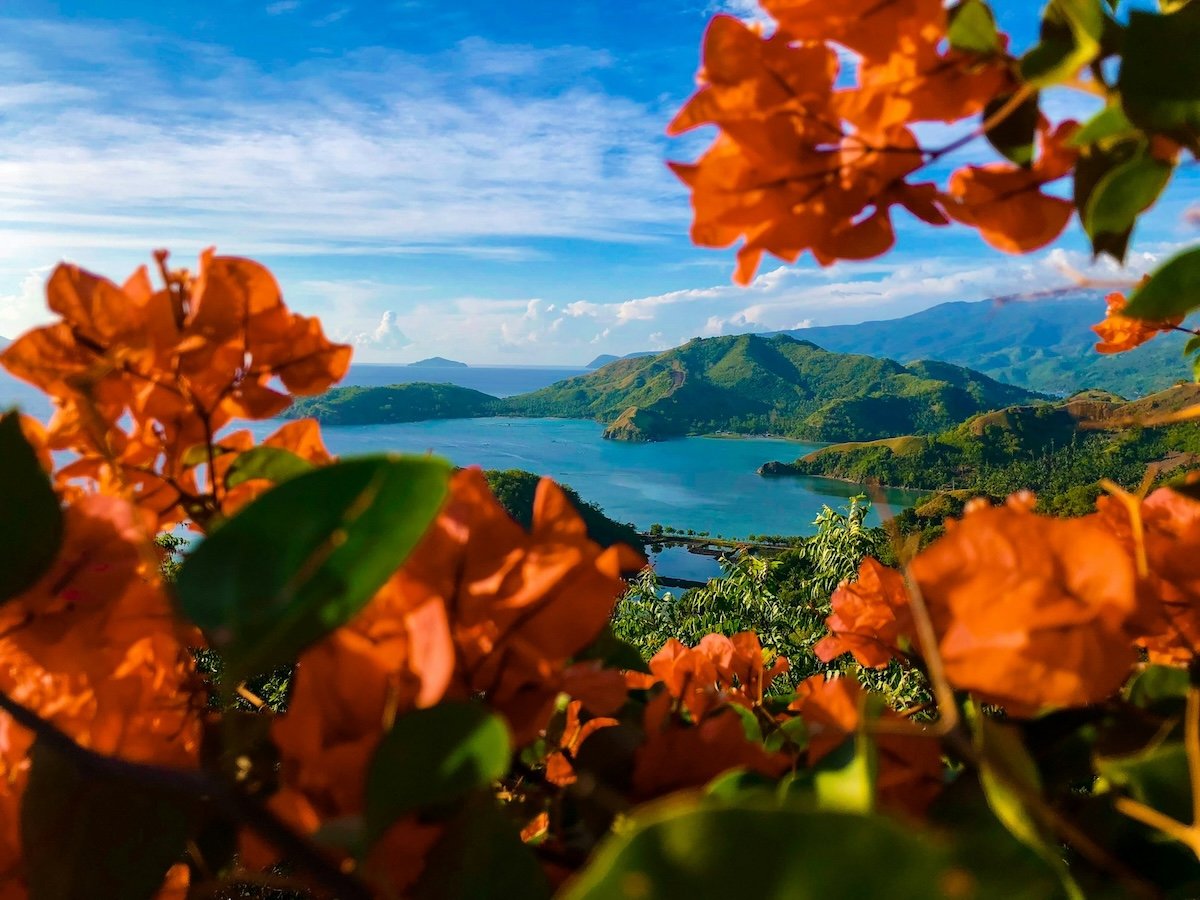
Travel to The Philippines –
Things to Know
10 Top Things to Know Before Traveling to The Philippines: A 2025 Essentials guide
If you want to visit a country that fuses laid-back living with the liveliness of urban spaces, The Philippines is a great choice. As you get ready to visit this archipelago consisting of more than 7,000 islands, it’s important to arm yourself with essential information for traveling to The Philippines. There’s so much to do and lots to see, so here’s our guide with the top things to know before traveling to The Philippines.
This essential guide is sure to help you make your Philippine trip one to remember. We’ll keep you in the know on what to expect when traveling to The Philippines, along with local insights. Whether you’re a first-timer or a returning visitor, you’ll surely learn something new. Read on for some of the best travel tips for The Philippines below.

As a travel enthusiast and photographer from the UK. I have a passion for nature and wildlife, I tend to focus on eco-tourism and sustainable travel but like to cover a wide range of articles. My favourite destination has got to be Malta, I love the food there and the relaxing nightlife of Silema is my happy place!
Affiliate Disclosure: Some of the links on our site are affiliate links, meaning, at no additional cost to you, we may earn a commission if you click through and make a purchase. This helps us to continue providing valuable content and supports our efforts in bringing the travel community together. We only recommend products and services we believe in and think you’ll find useful. Complete details are included in our affiliate disclaimer. Thank you for your support!
In a Hurry? Here's our Key Info for This Article
- Equip yourself with travel essentials before island-hopping in The Philippines to optimize your experience.
- Tap into the local know-how for help with logistics and insider tips.
- Understand financial necessities like ATM access vary across the islands — plan ahead.
- Prepare for a warm welcome; Filipino hospitality is heartfelt and ubiquitous.
- Indulge in the mesmerizing flavors of Filipino cuisine, from street food to gourmet delights.
- Soak in the Filipino culture through popular pastimes like karaoke and basketball.
- Stay informed about weather-related travel disruptions in the archipelago to avoid any surprises.
Stay Connected
Things to Do
Essential Apps
Surfshark VPN
Stay safe online and continue accessing all your services just like back home.
Budget Tips
Philippine Visa Requirements
For visits of up to 30 days, most foreign visitors to the Philippines are not required to get a visa. Longer trips may require applying for visas in advance. Either way, make sure your passport expires at least half a year after your visit. As laws might change, always stay updated with the country’s latest visa regulations through the Department of Foreign Affairs website.
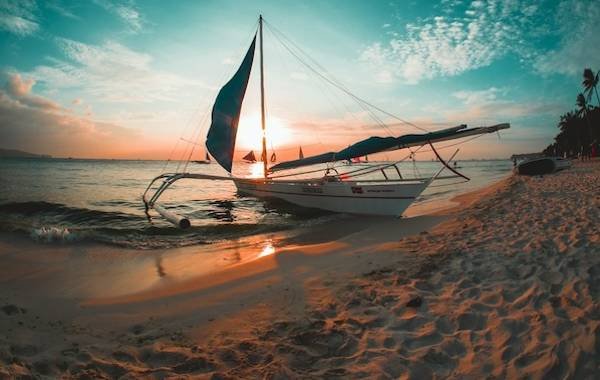

The Best Time to Visit
The Philippines is a gorgeous country all year round, but knowing when the best time to visit can make or break your trip.
The dry season is arguably the best time to come, which is from November to April. These months are perfect for visiting beaches and islands as the possibility of rain is minimal. Be aware that these months are considered the peak tourist season in the country. We encourage you to book your accommodations in advance.
Philippine Currency and Payments
The country’s local currency is the Philippine Peso (PHP). Make sure to do your research on the latest exchange rates when you visit. Credit cards are widely accepted in major cities and tourist areas but expect cash-only transactions in rural towns. Carrying some cash for emergencies and small purchases is essential. There are ATMs in airports and malls, so it’s wise to withdraw in advance. Always remember to take social customs into account when in any country. Take the Philippines tipping culture seriously in order to have a smooth journey and no awkard situations.
Getting Around
A key thing to know for your trip to the Philippines is the different modes of transportation available in the country. This will save you time and allow for a more comfortable travel experience. Here’s some insider advice for The Philippines that will help you navigate like a local.
Inter-Island Travel
Since The Philippines is rich in islands, it’s important to learn your travel options. Luzon, Visayas, and Mindanao are connected through different transportation options. Smaller islands might have fewer choices.
There are inter-island ferries available for short distances at a low cost. The downside to this is that travel time can be longer. Larger islands and tourist spots have airports that connect to major cities like Manila or Cebu. Plan ahead by deciding on the places you want to visit in The Philippines. These will help you decide whether to travel by sea, air or sometimes both.
Plan for Weather Delays
The tropical Philippine weather can be unpredictable and this can suddenly change your plans. It’s important to always add a buffer to your schedule and have a flexible itinerary. We recommend getting travel insurance in case of any possible travel delays or cancellations. Plus, remember to tune into the local weather advisories for updates.
Air vs. Sea Travel
When deciding whether to travel by the air or the sea, here are some important things to know before traveling to The Philippines.
| Air Travel | Sea Travel |
|---|---|
| Quicker and more efficient for longer distances | Offers scenic routes and a local experience |
| Ideal for tight schedules | Travel times can be longer |
| Less likely to be affected by minor weather disturbances | Reaches even the most secluded locations |
| More expensive than sea travel | Budget-friendly, especially for short distances |
| Limited by airports | Service standards and safety protocols vary |
Your way of travel will depend on your budget, time, destination and thirst for adventure. In The Philippines, either choice will ensure that you have a memorable adventure in their islands.
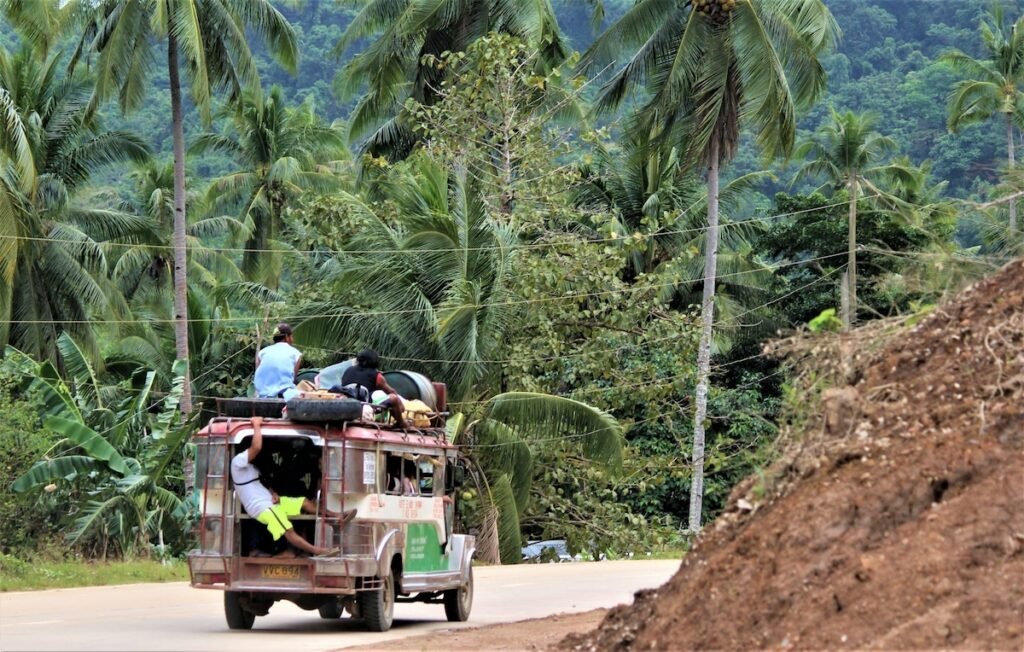

Famous Filipino Hospitality
Filipino hospitality is well-known for a reason. Get ready to experience this as soon as you set foot in the country. The Filipino people are known for their warmth and politeness, always greeting visitors with respect.
This trait is present in every Filipino, but more pronounced in the country’s provincial cities. There is just a genuine sense of community and helpfulness in the air. Here are tips on the kind of welcome you can expect:
- Expect smiles everywhere with people willing to help you.
- The Philippines is one of the largest English-speaking nations in the world, so communication is effortless.
- The culture of kindness and helpfulness resonates with everyone.
- Mingling with the locals is a must to get to know the country more.
Safety Tips
Of course, no travel comes without risks. Be aware of your surroundings and follow our safety guide table:
| Safety Aspect | Description | Tips |
|---|---|---|
| Travel Advisories | Current information on regional safety. | Check the latest updates from official country and airline advisories before your trip. |
| Opportunistic Crime | Possibility of petty theft or scams targeted at travelers. | Keep valuables close to you and be cautious when interacting with offers of unsolicited help. |
| Local Customs | Understanding cultural practices and norms. | Be mindful of local customs, dress codes, and address locals politely. |
| Regional Safety | Varying safety levels across different regions. | Do some research about your destination beforehand and stay within tourist-approved areas. |
Keep these insights in mind and remember to balance your sense of adventure with caution. Getting travel insurance is vitally important. Look into companies with some great coverage like Safetywing.
Health Precautions
We recommend having completed vaccinations for Hepatitis A, typhoid and other routine vaccines (like MMR). If you intend to be in close contact with animals, you can also consider having an anti-rabies vaccination. The Philippines is a tropical country, so have a mosquito repellent handy. A basic first aid kit with your necessary medications and supplies is also a great idea.
Savoring Filipino Cuisine
Filipino food is slowly gaining international popularity because of its diversity. Luckily, you’ll be in the best place to sample Filipino local delicacies. In this country, food isn’t just for eating but also a foundation to build connections. Food is one of the most important things to know before traveling to The Philippines.
Try Everyday Staples
With a country surrounded by the seas and harvest, it’s no surprise that fish and rice are food staples. Most of the restaurants in the country have both fish and rice on the menu, so you can have the chance to enjoy fresh, local catch paired with steaming hot Filipino rice.
Discover Local Eats
The Filipino food scene has something for you, whether you love street food or sit-down restaurants. You only need to walk a few steps to the street to discover local delicacies such as balut or isaw. Here are some of must-try street food when in The Philippines:
| Street Food Must-Try | Description |
|---|---|
| Balut | A fertilized duck egg with a nearly-developed embryo inside, swimming in liquid |
| Isaw | Grilled chicken or pork intestines |
| Halo-Halo | Shaved ice topped various ingredients like beans, fruits, and ube |
| Taho | Made of soft tofu, sweetener, flavoring and tapioca pearls |
When you want a more swanky dining experience, visit our recommendations below.
| Upscale Dining | Specialty Dish |
|---|---|
| Gallery by Chele | Laksa Inasal with marinated grilled octopus, laksa sauce, crispy chicken skin, chili mayo and curry leaves |
| Toyo Eatery | Bahay Kubo with 18 vegetables in a salad |
| Antonio’s Tagaytay | Suckling pig confit with salsa rosso, salsa verde, citrus mostarda, herb roasted marble potatoes and fermented black garlic rice |
| Blackbird | Spiced lamb chops with potato masala, spinach and tomato dahl, basmati rice and papadum |
While in Manilla, the capital and you have decided you want a cosy night in your hotel, then grab a delivery! Manilla has some amazing delivery options if you dont want to head out into the busy city.
Sip Local Booze
The Philippines also takes pride in its locally produced alcohol. Are you a beer fan or a hard drinker? The locals will be excited to suggest famous alcoholic drinks to you.
There’s only one beer you should know, and that is San Miguel Beer. If there’s a national beer in the country, this one would be it. If you’re not a beer drinker, Bugnay wine could be more to your taste. It is made from small tropical berries called bugnay and is sweet and light-bodied. But if you want more of a kick, lambanog is your top choice. Made from distilled palm liquor, this drink is not for the faint of heart.
Embracing the Culture
Along with your travel to The Philippines will come a deeper immersion in the local culture. It will only take a few days to see and understand what makes Filipinos tick and what everyday life in the country is.
Karaoke Nights
Give a Filipino a mic and expect that you’re in for a wonderful night filled with singing. This country loves to sing, and karaoke sessions serve as bonding moments for families and friends. Don’t worry about being in tune, the Filipinos will cheer on you just the same. Don’t forget to bring your camera for this unique experience. The Insta360 will capture your entire night while you sing your heart out!
Filipinos and Basketball
Basketball is considered a national pastime in the country. In every alleyway and city, you’ll find basketball courts never without players. The Filipino love for basketball ranges from their local league to the NBA. For a truly Filipino experience, try to watch or join in a local game.
Essential Apps to Have
Take advantage of technology to make your travel to The Philippines better. See our top 5 choices for must-have apps during your visit.
| App Name | Description | Operating Systems |
|---|---|---|
| Grab | A ride-hailing and food delivery app | iOS and Android |
| Google Translate | Google’s translation app | iOS and Android |
| Klook | Features discounted travel activities and services | iOS and Android |
| Xe Currency Converter | Global real-time currency converter | iOS and Android |
| Google Maps | Real time navigation and traffic information | iOS and Android |
| On The Move | Discover local landmarks and places of interest | Android (iOS version coming soon) |
Conclusion
There’s much more to love when you visit the Philippines. Sure, the beaches and the urban sights is a huge draw, but you’ll always be captivated by the culture and the people. Keep our top ten things to know before traveling to The Philippines guide handy to ensure you enjoy this country to the fullest. Always remember to smile, stay safe and enjoy all the fun things that await you in the Philippines.
Travelling to The Philippines FAQ
Before heading to The Philippines, it’s crucial to understand the country’s visa requirements, currency, geography, weather patterns, modes of transportation, culture, food, health alerts and cash accessibility. Familiarize yourself with Filipino hospitality, local cuisine, and cultural practices such as karaoke and basketball. Knowing these will improve your travel experience.
The Philippines consists of over 7,000 islands, so transportation is mainly by air or water. Island connectivity varies, so plan your routes and schedules in advance, keeping an eye out for weather conditions that can affect transport operations. Air travel is usually the more direct and convenient option, compared to sea transport.
Yes, the weather can have a significant impact on travel schedules in The Philippines. We advise to allow buffer time between transfers and avoid scheduling connections too close together to reduce the risk of missed trips.
Air travel is more preferred for its convenience and speed, especially when traveling to airports. However, for certain destinations, water transport might be the only option available. Your choice should depend on the availability, duration, and your preferences.
Filipino hospitality is characterized warmth and kindness. English is a second language, making communication easier. Expect to be addressed respectfully and experience a sincere willingness to help.





